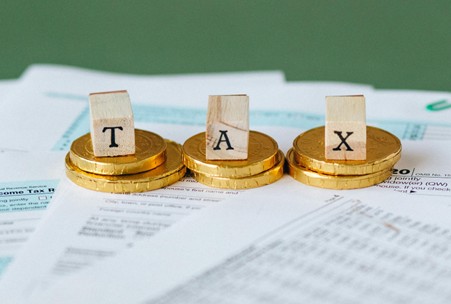An Exchange-Traded Fund (ETF) is a managed investment fund that is listed on the Australian Stock Exchange (ASX). If you’re unfamiliar with managed investment funds, they’re pooled investments where money from multiple investors is invested in various assets like shares, property, fixed interest, and others.
Your super fund is a type of managed fund, in that your super balance is pooled with thousands of other members and a professional manager invests the money on your behalf and makes all the decisions on buying and selling different investments within the portfolio, aiming to achieve a targeted return.
Now you’re up to speed on what a managed fund is, an ETF is essentially a listed and actively traded managed fund on the stock market.
Combining the diversification benefits of managed funds with the ease of share trading on the ASX, ETFs offer investors a simple and cost-effective way to access the world of investing.
What are some of the reasons investors use ETF’s?
Simplicity – access to a range of different investments strategies, in Australia and overseas as well as many asset types like shares, property, commodities and utilities, which can be invested in by simply buying one share on the ASX.
Diversification – access to investing in between 20 – 2,000 different companies via one shareholding. Diversification over many companies reduces investment risk.
Transparency – because the fund is listed on the ASX you can look up and see the buy or sell price, and how much your investment is worth, at any time. Most ETFs also disclose details of the shares it is currently investing in.
Liquidity – if you need to sell or withdraw some of your money, you can buy or sell during the hours of the market being open (Mon – Fri, 10am – 4pm Syd time), or place your order for the next day, and have your funds available in your bank account usually within 3 working days.
Can start small – ETFs can be bought in relatively small amounts like $100 on the stock exchange.
Lower fees – fees of ETFs are typically cheaper than other managed-style investments. You can expect to pay on average between 0.10 – 0.60% for an index ETF.1 Some Managed Funds may even have an equivalent ETF, that is invested in almost the exact same way, but might be slightly cheaper.
The accessibility, transparency, liquidity and low costs of index-tracking exchange traded funds make them a valuable tool for investors to achieve their share investment goals.
However, just because they are low cost and capture a basket of shares does not mean investing in an ETF is risk-free. Like all investment products you should seek to understand what you are investing in by reading their PDS (Product Disclosure Statement).
Investing in shares & ETFs are for long-term investors
Investing in shares and ETFs is a long-term commitment. Markets can be unpredictable, and short-term fluctuations are common. It’s essential to have a long timeframe in mind, typically around 7 to 10 years, to allow your investments to grow and recover from any downturns.
If you select an ETF which invests in international assets, you will also have risk of currency movements impacting your returns. Some ETFs are ‘currency hedged’ which removes this risk as they are hedged back to the Australian dollar.
How to buy & sell ETFs
There are essentially 3 ways to buy or invest in ETFs
1.) Using an online broker
This is the most cost-effective option, however you will need to do your own research as to which ETF is the most appropriate for your investment objectives.
2.) Engaging a traditional broker
A traditional or full-service broker generally requires a higher investment amount and will cost more than an online broker, but they typically provide more services including buy and sell recommendations.
3.) Engaging a financial adviser
Using a professional adviser may come at a higher cost, however they will typically build a portfolio based on your goals and risk tolerance and manage the portfolio on your behalf.
An exchange-traded fund (ETF) can be a smart move for many investors, offering simplicity, diversification, transparency, liquidity, and lower fees. These qualities make ETFs an attractive option for those looking to start investing or diversify their current portfolio.
Whether you choose to invest in ETFs or not, it’s crucial to understand your investment objectives, risk tolerance, and the options available to you. The Wealth Coaches at Wealth Maximiser can assist you with building your knowledge and confidence to help you make educated decisions about a wide range of investment strategies, including ETFs.
This blog provides general information of an educational nature only. It does not consider the financial situation or needs of any reader and must not be relied upon as personal financial product advice.
Wealth Maximiser is operated by NobleOak Services Limited ACN 112 981 718 AFSL 286798. See the Financial Services Guide and Wealth Maximiser Terms & Conditions for more information
Source
1. Typical ETF Fees
https://www.finder.com.au/share-trading/exchange-traded-funds/20-cheapest-etfs-on-the-asx
Related articles

Plan Your Retirement With Confidence Using Our Free Guide

